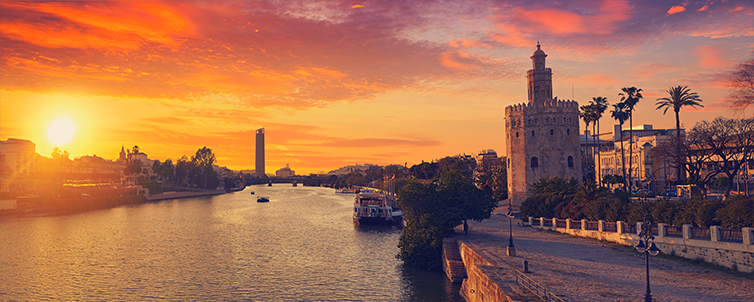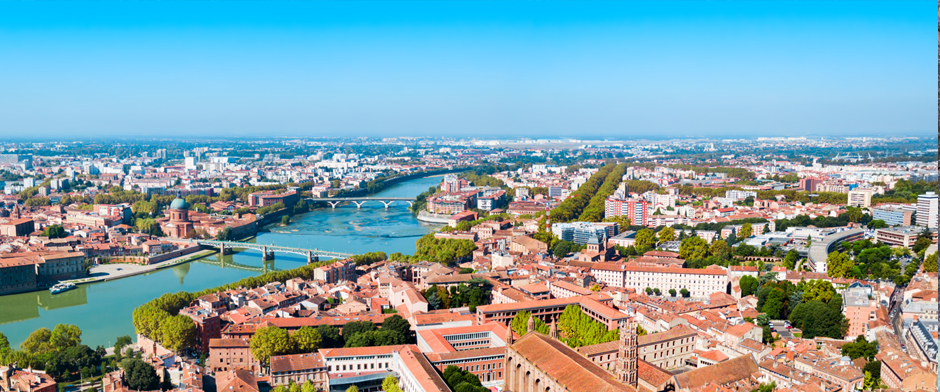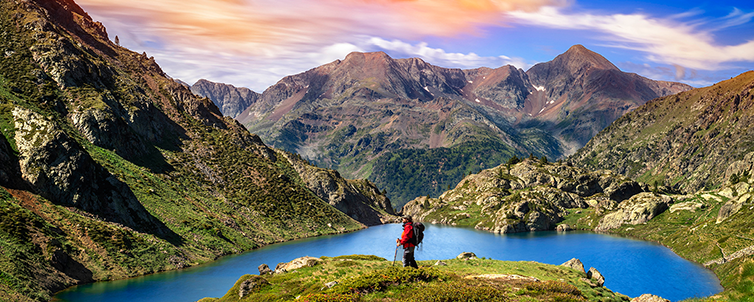CANTABRIA
Naturally
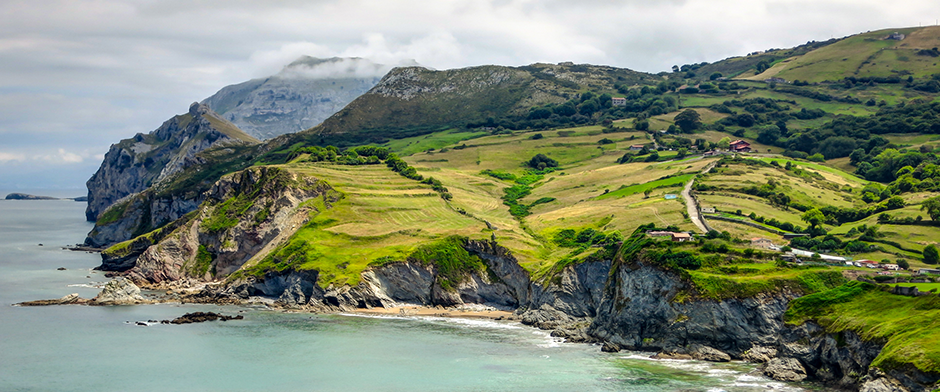
Cantabria is like a concentrated perfume: It is a small region where you can enjoy your breakfast whilst witnessing green hills, have lunch in one of its typical mountainous villages, then have dinner next to its shoreline and finally take a rest cradled by the sound of nature.
Cantabria is like a concentrated perfume: It is a small region where you can enjoy your breakfast whilst witnessing green hills, have lunch in one of its typical mountainous villages, then have dinner next to its shoreline and finally take a rest cradled by the sound of nature.
From the Cantabrian Sea’s fine sandy beaches and rocky cliffs to the region’s high mountains, visiting Cantabria’s various landscapes is like embarking on a sensorial journey, going from the coast villages’ blues to the mountains’ infinite shades of green stretching all the way from the sea. A natural treasure accompanied by the smell of salt, the sound of waves and the countryside air. Speaking of sounds, the region’s natural melodies will stay in your memory forever: the bellowing of the stag, the cows’ bells waking you up in the morning…
When planning a trip to the region, there are some must-see destinations crafted by the hands of nature that we strongly encourage you to visit, and here are our top ten choices:
Our trip starts at Santander’s Bay. This bay has been included in the Most Beautiful Bays in the World list. From here, you’ll have magnificent views of the region’s eastern and Peñacabarga mountains. The perfect place to take a picture during grey, rainy days. The surrounding beaches and the Magdalena Peninsula are also unique, beautiful landscapes. From there, you will also have a perfect view of El Puntal, a beautiful beach that you can visit on board the famous boats known as pedreñeras.
We continue our trip entering the land through the Pasiegan Valley following the River Miera. Here, you’ll find imposing frizzy karst walls resulted from the dissolution of limestone rock. Sinkholes, karrens, and many other formations form this unique landscape. Small beech and oak forests alternate their presence with holm-oak and riverbank woods in this narrow valley.
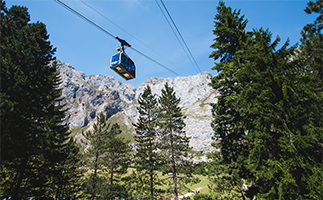
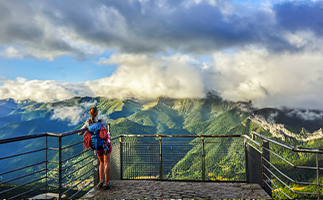
Santoña, Victoria and Joyel Marshes Natural Park is one of the coastline’s most impressive landscapes. This waterfowl sanctuary is an ornithologist heaven. El Buciero – a 4.500-hectare coastal island connected to the region by a sandy tombolo – is located at the entrance of the marshes and is home to a very important ecosystem. This wetland is a migratory passage for birds flying between Northern Europe and Africa, and so ornithological visits can be arranged.
Not far from there, the Collados del Asón Natural Park presents some of the region’s most impressive landscapes. The source of the Asón River – a fault which becomes a waterfall falling hundreds of meters – is one of the park’s highlights. Here, grass, oak, beech and holm sprout from the rock’s vertical cuts, and wáter is always present in the form of streams, brooks and rivers such as the Gándara River. The many viewpoints of the park allow visitors to witness this magnificent natural location.
On the western coast we find the Costa Quebrada Geological Park. This coastal trip is both a geological marvel and a treat for your senses. It is truly a narration of the passage of time and proof of the fight between land and sea. Here, confrontation between rock and sea has resulted in various structures stretching all over the 20km separating Santander and Cuchía: riffs, arches, small islands, coves, beaches, tombolos, dunes, coastal arrows, estuaries... If you look carefully, you will even spot remains of ancient tropical reefs and other marine ecosystems frozen in time. Kayak trips, night tide safaris and guided tours are some of the options to discover this park.
The Oyambre Natural Park is another of the region’s most notorious locations. Here, sea penetrates land through the Tinamayor, Tinamenor, San Vicente and La Rabia estuaries. The park is home to a wide variety of animals and plants from the region. Forest, estuaries, coastal plains, meadows, beaches and dunes are all scattered between Cape Oyambre’s rocky edge and Mount Corona.
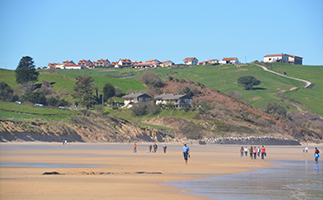
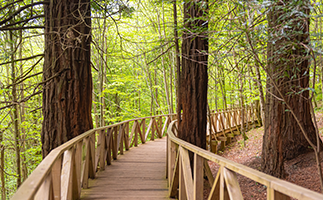
Not far from there, there’s the Monte Cabezón’s sequoias natural monument: a 2.5-hectare sequoia sempervirens plantation near the town of Cabezón de la Sal. Here, you’ll find over 800 samples of this species, with an average height of 36 meters and a 1.6-meter perimeter.
El Soplao cave is another natural treasure we recommend you visit. Located in Nansa’s Valley, this cathedral for speleologists – opened to the public – is a true speleological jewel, with aragonites, helictites, pisolites, stalactites, stalagmites and other formations covering its galleries’ walls.
Of course, it goes without saying that you should visit the Picos de Europa National Park. To get here from the coast, you have to cross the spectacular 20km gorge known as La Hermida. If you want to get the best views of this astonishing landscape, we recommend you take a ride on the Fuente Dé aerial lift line. The Picos de Europa National Park also houses a unique geological heritage, with rocks dating back to the Paleozoic and the Primary Era (that is, over 230 million years old). Not only that, the park also offers an impressive variety of vegetation: montane, alpine and subalpine woods filled with holms, riverbank woods, oak and beech trees.
Rocks turned into hermitages. Located in Valderredible, the region of Cantabria is also home to one of Spain’s largest rock-cut architectonical complexes which dates back from the 6th to the 10th century: over fifty churches, cells, hermitages and monasteries crafted from rock, the most important of which being Santa María de Valverde, Arroyuelos and Cadalso.


































